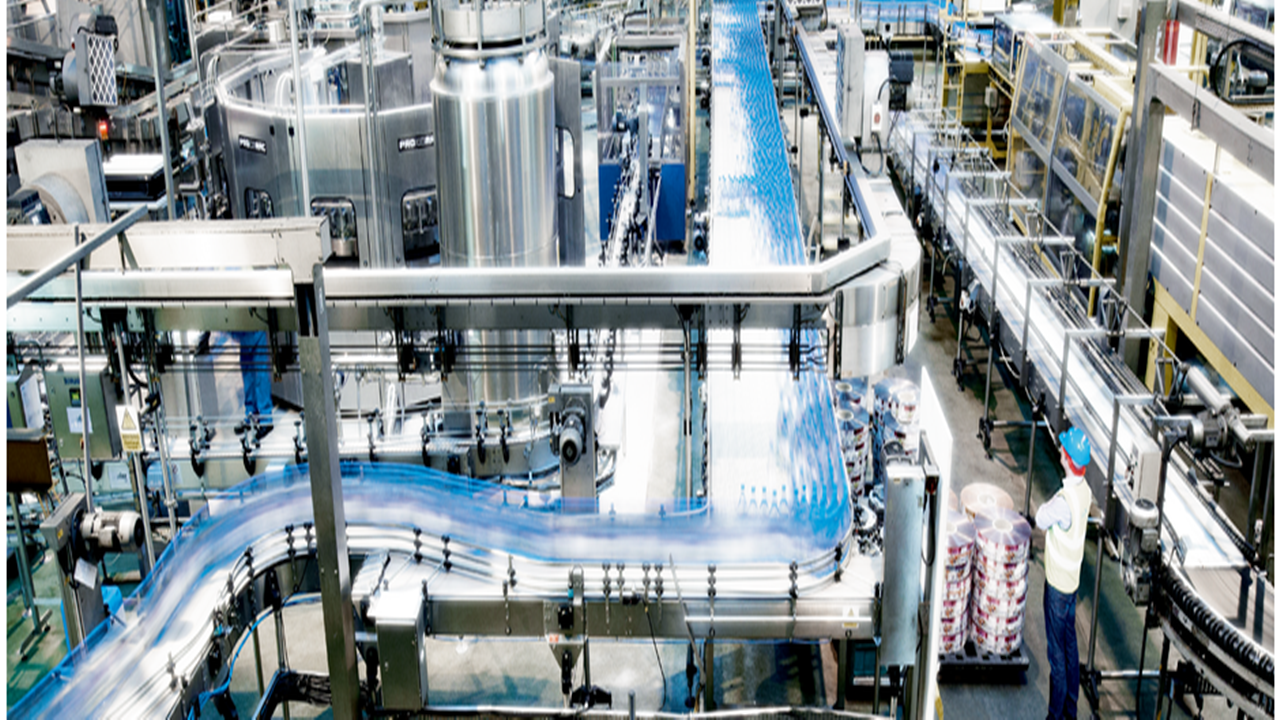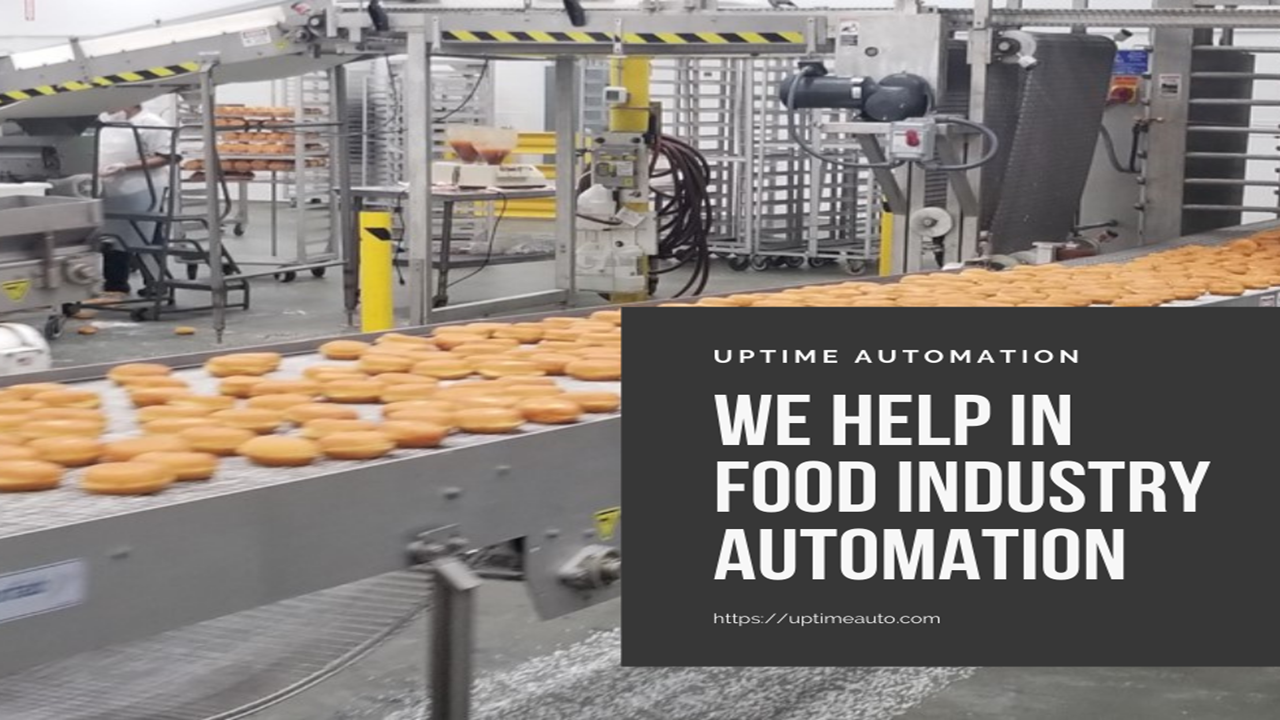
Automation Solves Challenges In Food And Beverage Industry
Automation solutions are being offered to meet the needs of the food and beverage industry. They are available as single-source solutions and can be used for distribution and production operations. Moreover, they help reduce production costs. This article covers some of the challenges faced by the industry today.
Automated order fulfillment solutions
With stringent regulations, growing consumer demands and shrinking order windows, the food and beverage industry is facing unprecedented challenges. Automated order fulfillment solutions provide the flexibility and efficiency to address these challenges. Automated order fulfillment solutions can increase order processing speed while maintaining freshness and ensure that new products are available at the right time for consumers.
Increasing consumer demand has led to an increase in the number of SKUs (stock-keeping units). Some food and beverage facilities now have hundreds or thousands of SKUs. While this is important for keeping things interesting and fresh, it also creates a storage problem: warehouse space is insufficient to accommodate this increase in SKUs. Automation can help overcome this issue by optimizing the warehouse and creating high-density storage spaces.
Automated order fulfillment solutions can help food and beverage companies increase productivity and profitability. By automating the process, companies can avoid the inefficiencies and delays inherent in manual processing. With complete visibility of the supply chain, companies can pinpoint potential bottlenecks and predict potential supply-chain problems in advance.
Automation helps food distributors maintain high levels of customer service. Automated order fulfillment solutions eliminate the need for manual logging and can improve the accuracy of fulfillment. With electronic proof of delivery, manufacturers can confirm exactly what products have been left with the recipients. Automation also reduces labour touchpoints, increases productivity and increases customer service levels.
Speed is critical in food and beverage distribution centers. The products must move quickly in and out of the facility to maintain quality and safety and minimize spoilage. Conventional automated systems may not be able to keep up with this speed. However, innovative systems can integrate product handling and picking into one automated process. These solutions also help companies integrate existing operations.
Order fulfillment can be difficult to manage during volatile market conditions. Consumers have increasingly high expectations, making it more challenging to forecast demand. Without accurate inventory tracking, manufacturers and retailers can fail to meet their objectives.
Artificial intelligence
The food and beverage industry faces many challenges, including the need to improve product quality, safety, and serviceability. These challenges can be solved with advanced analytics, which can reduce production costs and improve overall efficiency. For example, AI can predict machine maintenance and repair needs, and it can help companies track lots and products more accurately. This technology can also help companies improve their customer relationships.
Food and beverage companies need to store their products at the right temperature to avoid spoilage. AI-enabled sensors can detect these factors and send alerts before a shipment enters the consumer food chain. These systems can then track anomalies back to their source and remediate them quickly.
As the food industry continues to evolve, new and innovative ideas are needed to meet consumer demands. In response, AI and machine learning (ML) solutions are helping companies manage waste, scale up operations, and stay relevant in an increasingly competitive market. Experts estimate that AI-based solutions could unlock USD 127 billion worth of opportunities by 2030.
While there have been several AI applications in the food and beverage industry, these applications are still in their infancy. These applications can help with everything from food sorting to quality control. These algorithms can be combined with sensors for a variety of uses. For example, AI can help improve business strategies, improve the efficiency of manufacturing processes, and predict sales or yield increments. As an added benefit, AI can help food and beverage companies reduce costs.
AI is also helping food and beverage distributors better trace food throughout the supply chain, which can improve transparency for consumers. This technology can also help them make decisions regarding supply and demand. Furthermore, AI can also help with food safety. It can recognize anomalies in the supply chain and make judgments about supply chain operations.
The Food and beverage industry is increasingly embracing AI-based solutions. This technology can solve various challenges in food production, packaging, shelf-life, and menu combinations. Ultimately, AI-powered solutions can help improve food safety, improve the efficiency of supply chain management, and boost food quality and taste.
Workforce shortages
Automation is a powerful force in the food and beverage industry. In recent years, a labor shortage has caused many companies to turn to automation. But, recent inflation spikes have forced many industry leaders to reevaluate their workforce management practices. In order to stay competitive and prevent the inflationary wave from affecting their businesses, many food and beverage companies turned to automation and outsourcing to fill the labor gap.
A large part of the issue stems from a lack of skilled workers. In recent years, the food industry has experienced workforce shortages, largely due to demographic and socioeconomic factors. In North America, for example, the Baby Boom generation is retiring en masse. These individuals are highly knowledgeable and experienced, and are difficult to replace in the short term. Additionally, fewer members of the millennial and Generation Z generation are pursuing careers in manufacturing.
Automation solutions have long been available for the food and beverage industry, but these technologies have been limited to larger manufacturers due to their initial cost and flexibility. However, with labor costs increasing and the shortage of skilled workers, automation solutions have become an increasingly attractive investment for companies. Additionally, automation solutions can help food and beverage manufacturers improve productivity.
In addition to labor shortages, increased demand for food means increased labor needs. Human labor is only as productive as the equipment it runs on, and this pushes more businesses to automate processes. In fact, the market for food processing automation is expected to reach $29.4 billion by 2027, growing at a 9.5% CAGR. As food processing operations become increasingly automated, overall productivity and efficiency will increase.
Automating the food and beverage industry will not reduce the quality of the dining experience. Rather, it will allow restaurant operators to streamline their operations while still maintaining a human connection. Automation is essential for the future of the industry, so restaurants must embrace this transformation and invest in technological solutions to keep up with market trends and customer demands.
Product innovation
Automation is a powerful tool that can solve numerous challenges faced by the food and beverage industry, including costly packaging, shrinking product cycles, and heightened regulatory compliance. It can also improve safety and quality. Manufacturers are increasingly turning to automation to help them overcome these challenges, while reducing risk and improving operational efficiency.
Today’s consumers have higher expectations for the quality of their food and beverage products, which require greater flexibility in manufacturing processes. Food manufacturers need to reduce changeover time and drive efficiency to maximize production. Automation is a critical tool for achieving these goals, as it can provide critical insights to the operations team.
Automated solutions can help food and beverage manufacturers meet these challenges, by ensuring consistency in quality, taste, texture, and other related attributes. Using automation to eliminate human error can improve safety and quality for workers, as well as boost profitability. Automation also ensures that the process is uniform, so that the final product has consistent characteristics.
Automation provides endless benefits for the food and beverage industry. It can help manufacturers reduce costs, enhance operational efficiency, and integrate systems internally and throughout the supply chain. In addition, it can help them increase their adaptability to changing demand. However, some food and beverage manufacturers are wary of digital disruption, which is understandable given the unique nature of food production.
The food and beverage industry faces many challenges, including the labor shortage. Many food manufacturers struggle to hire enough workers to staff their production lines, which is detrimental to their bottom line. Additionally, many workers may experience injuries due to overexertion, fatigue, and poor ergonomics. Automation can solve these issues by handling repetitive, dirty, and hazardous tasks.
Moreover, ERP software can help food manufacturers streamline their processes and increase the possibility of automation. The software can alert food manufacturers when they need to create special products, ensure safety, or improve consistency. It can also help manufacturers manage recipes and adhere to regulatory requirements.


